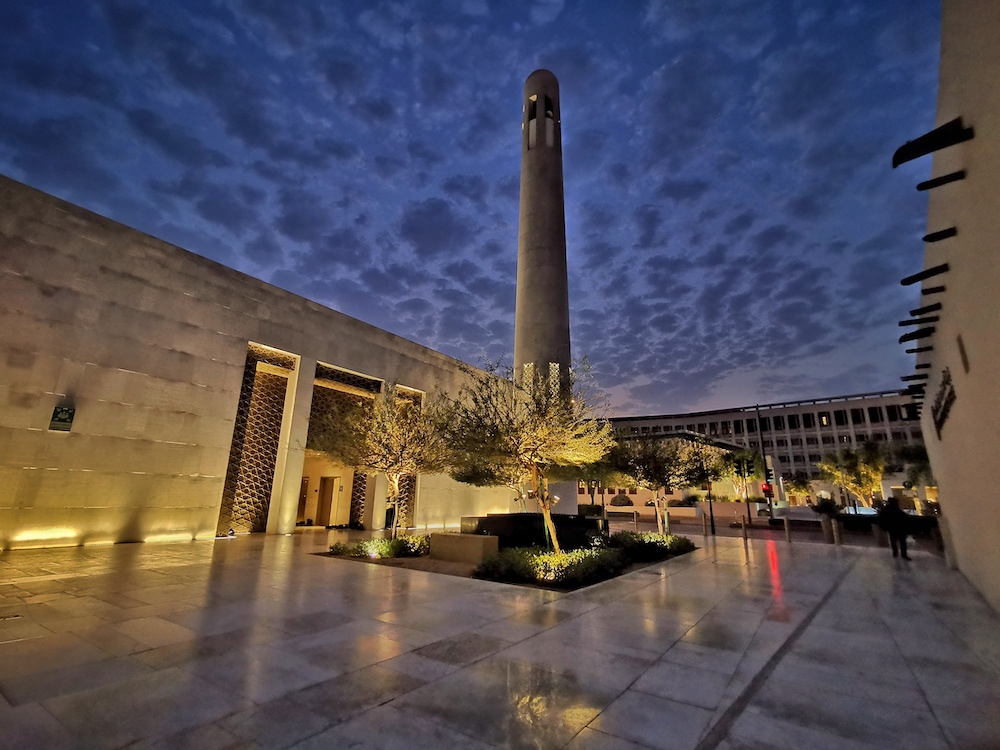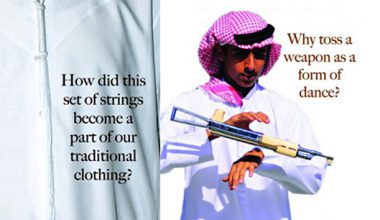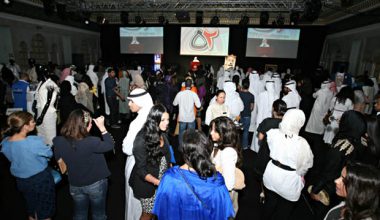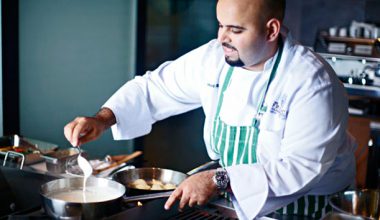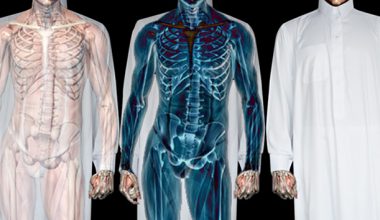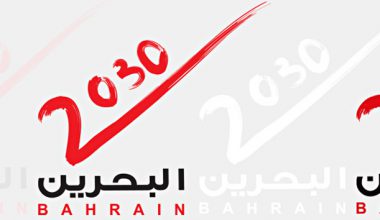Nestled in Doha's Msheireb district, four historic houses rise as living testaments to Qatar's vibrant past. Bin Jelmood House, where Qatari traditions reside, Mohammed bin Jassim House, echoing the Al Thani's legacy, Radwani House, where pearls once glistened, and Company House, chronicling the oil boom's impact. Each tells a unique chapter, inviting you to step into Qatar's captivating past.
Fahad Al Turky, the Exhibitions and Public Programs Manager at Msheireb Museums, weaves his passion for art into engaging experiences for diverse audiences. He oversees the curation and management of both permanent and temporary exhibitions, ensuring a vibrant tapestry of artistic expressions is on display.
But Fahad's vision extends beyond the gallery walls. He orchestrates dynamic public programs, crafting ways for people of all ages and backgrounds to connect with art on a deeper level. Whether it's sparking curiosity in young minds through school visits or tailoring programs for specific populations, Fahad is an expert in engagement, ensuring that art resonates far beyond the confines of a canvas.
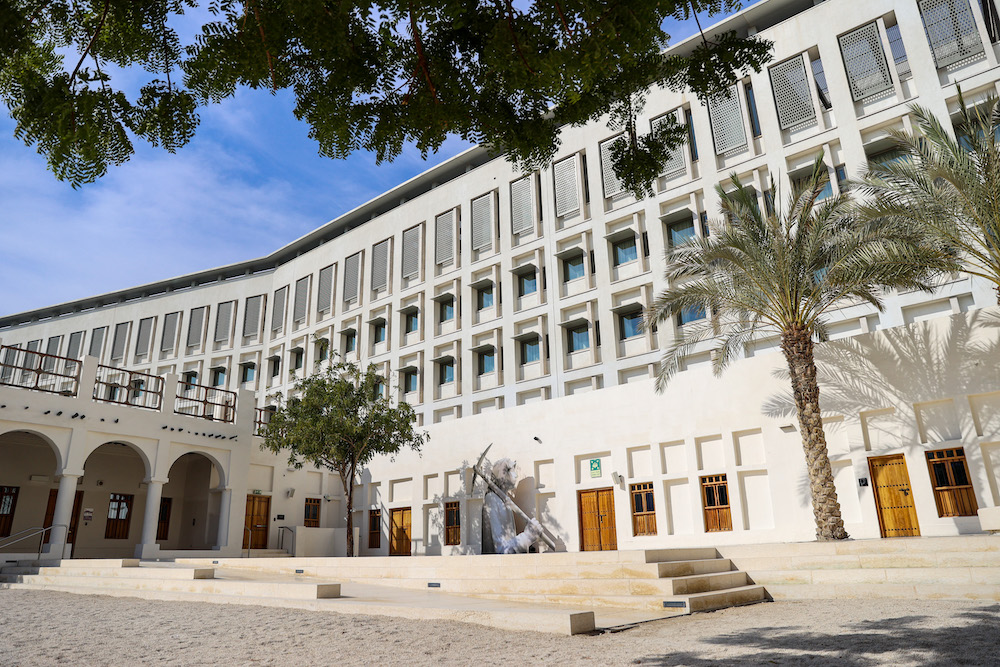
Khaleejesque Magazine: Msheireb Museums occupy historic buildings, yet your exhibitions feel distinctly contemporary. Can you tell us about navigating this unique space and the process of curating such captivating experiences?
Fahad Al Turky: With the story of Msheireb Museums, where these heritage houses existed, there was a question about them as part of the redevelopment of downtown. And so the question was, what do we do with these spaces? Do we redevelop and put new towers? Or should we do something else. And so the idea came to turn them into museum living spaces, and to unlock their potential so that each house has its own history. This particular house we're in, Bin Jelmood, used to be a slave traders house. So the idea came about to talk about the history of slavery in particular. Across the street, there's Sheikh Mohammed bin Jassem House, in which we explore the story of urbanism and urban development, and then Company House, which was sort of the headquarters of the first oil company. And so part of the house and part of the story that we tell is the historical part of the house and its relation. But then, as well as its implications for the future. How does this connect to more contemporary stories and to people's lives today? And we've been very lucky with this restoration, to be able to do that, to have the spaces to do that, as well as through our partnerships.
(K.M.): How does Msheireb Museums actively engage Doha's vibrant creative community, be it artists or individuals involved in various creative endeavors? Are there established pathways or long-term strategies for fostering these connections?
(F.A.): The museums house the permanent exhibitions, which are narrative-based and more research oriented. So we have a lot more space to engage with artists and to have more of a creative angle with our temporary exhibitions. We try as much as possible to engage with the local community, and the regional, to host exhibitions that are art focused. Of course, this is part of a larger engagement strategy, to also engage with tenants that are part of downtown Doha and educational cultural institutions.
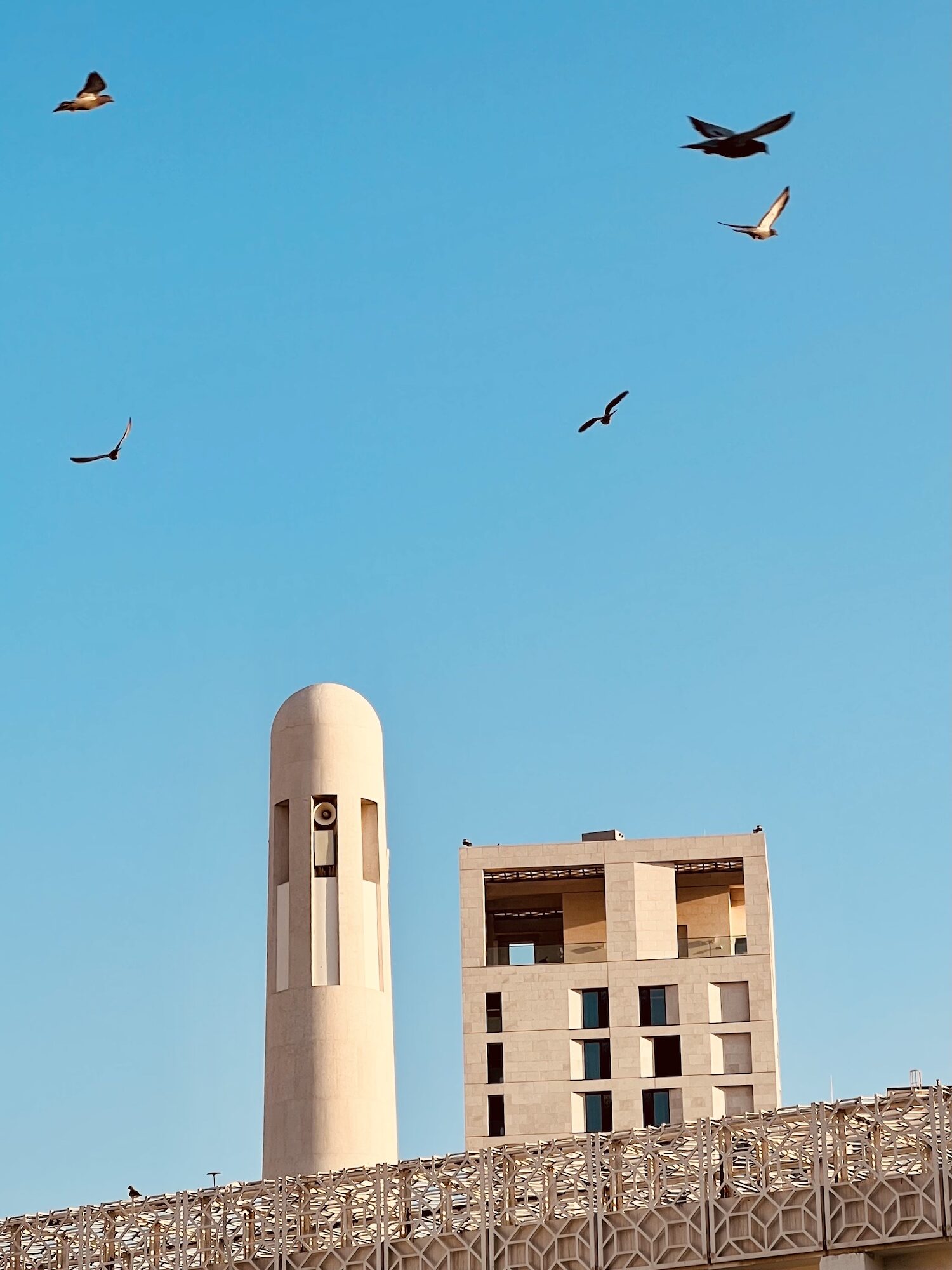

(K.M.): In today's digital age, where social media reigns supreme and attention spans are fleeting, what considerations do you prioritize when crafting visitor experiences? From interactive elements to Instagrammable moments, how do you ensure museums remain relevant and engaging in this ever-evolving landscape?
(F.A.): I think beyond that, actually, there's a sort of central question as how do you tell a story of architecture or history of oil or slavery and I think more widely, sometimes the general public, when it comes to when a topic becomes so academic, it can be off putting, especially if it's a lot of reading. And so then the question is, how do we reach out to different audiences and have them engaged with that content, but also adding to the experience not not just as a way to get them in? And so a lot of the stories that we tell them are in a cinematic way. A lot of the films that we have complement the panels and written text to add that emotional experience. Even from the perspective of attention span, these films are not very long, sometimes two or three minutes. We keep that in consideration because it's part of the dwell time of a space. As part of a downtown, you want them to be able to circulate here, as well as explore the larger downtown. So this is absolutely part of our engagement. Another point of it is, of course, we don't really have to do much to make the space Instagrammable, the unique architecture itself and the way that it juxtaposes with the modern around us, does that already, but it's definitely something that we have to think about.
(K.M.): What is an exhibition that you're looking forward to showcasing at Msheireb Museums? What's your dream exhibition?
(F.A.): The exhibitions that I'm most excited about are the ones that we are currently hosting, Global Energy Cultures. This is absolutely a massive effort from Georgetown University in our collaboration to really challenge themselves and not just host an academic conference, but to complement it with a series of art installations and exhibitions throughout the houses. And each one of them tackles this topic of energy and energy culture in a way that is global and, and speaks to all of our visitors. As well as its diversity of exhibitions from photography to film, to installation, to commissioned art pieces. So this is actually what I'm most excited about people seeing and experiencing.
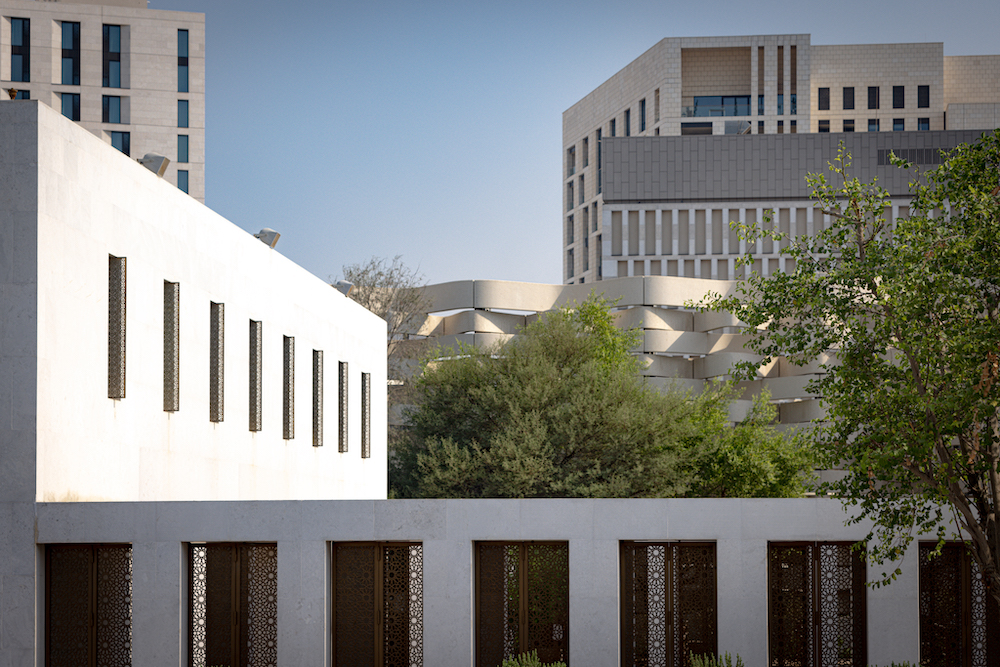
(K.M.): For someone aspiring to become an exhibition manager, whether a fresh university graduate, a seasoned professional seeking a career shift, or anyone in between, what invaluable advice would you offer on embarking on this path?
(F.A.): I started off as a curator, and sort of transitioned into becoming an exhibition manager. I think it's a very exciting job because it really pulls you from different perspectives. You'd have to deal with content design, production, installation, working with curators and researchers. And you really need to be able to wear different hats. So my advice to anybody who would want to go into exhibitions is to find an entryway that they're most comfortable with. Some people approach exhibitions from a design perspective, sometimes from a content perspective. And then challenge yourself by taking on projects outside of your comfort zone. Eventually, I think you'd find yourself in a way, much more well rounded.
(K.M.): What are you most excited about when it comes to Doha’s creative scene?
(F.A.): I'm excited to see the regional connections in Doha. I think there are a lot of common challenges that we face and as a producer, I see how that sort of connects. How maybe one experience is going to definitely influence another. So that's definitely something that I want to see. And we're also at the precipice of many changes, especially in digital art and, and to see how that really evolves. And this question of AI is a very exciting one. So I think those two in combination would be interesting to witness.

